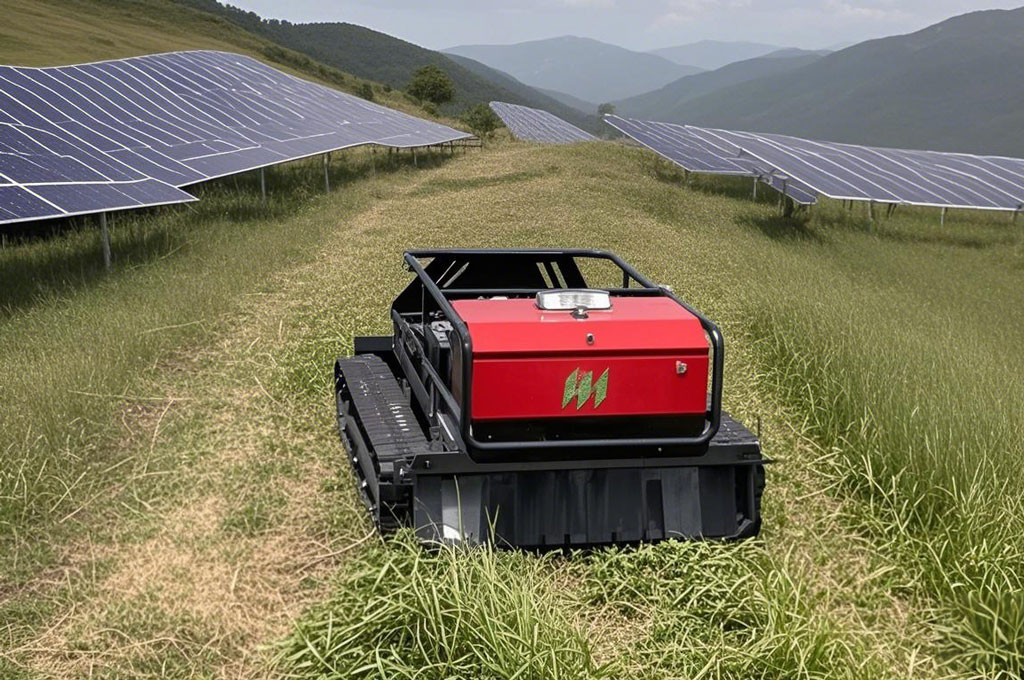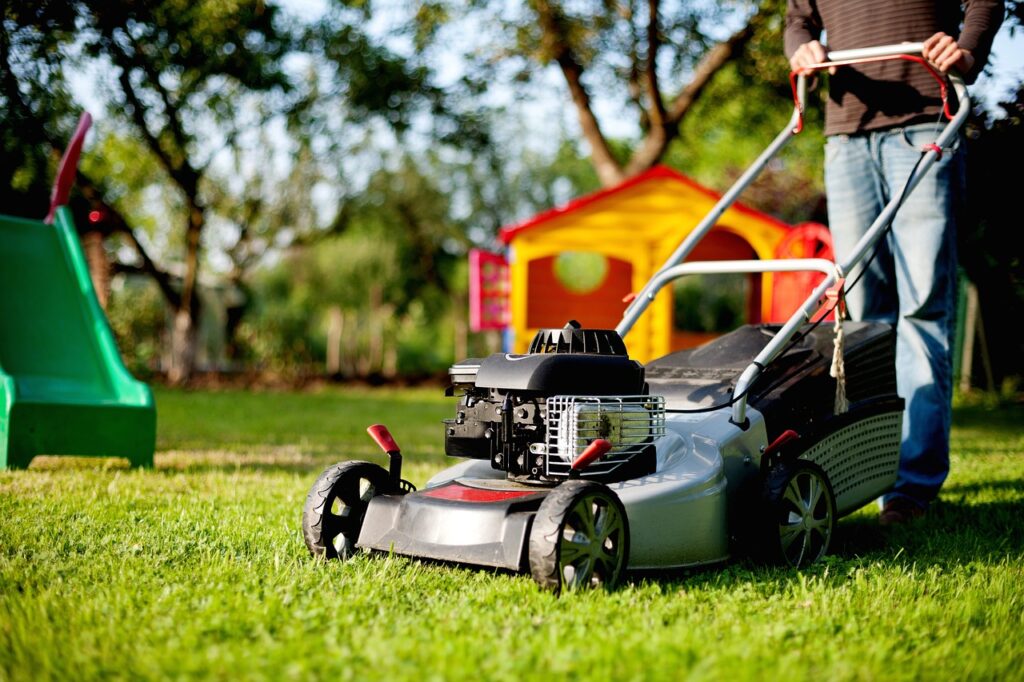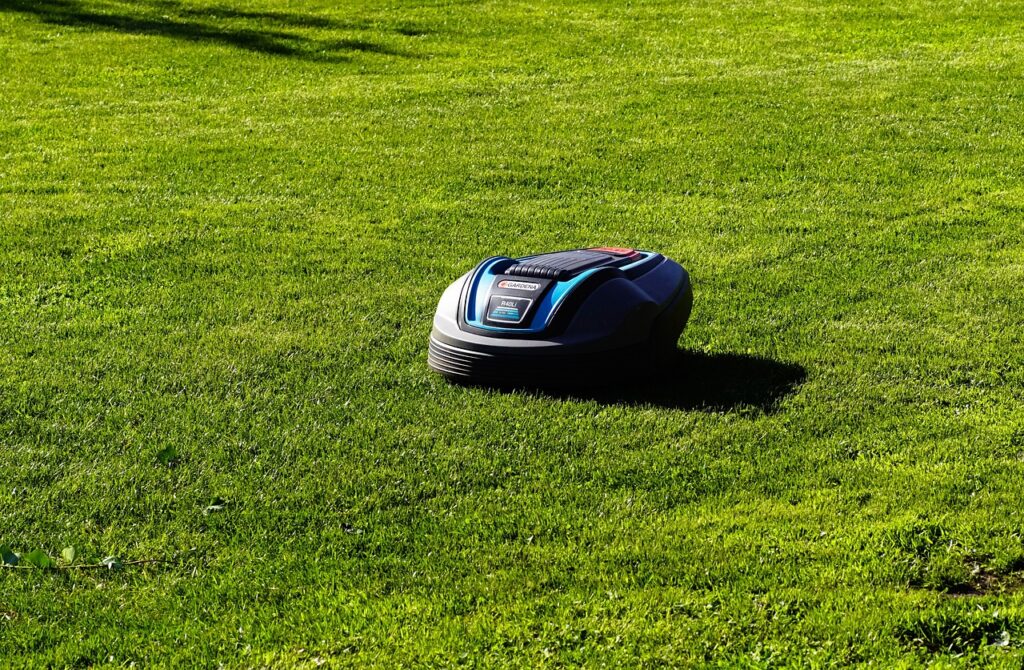We all know weeds can be a big headache in agrivoltaic solar farms. They grow fast, block sunlight from panels, and make both farming and energy production harder. Traditionally, people rely on manual mowing or herbicides. But manual work is slow and costly, while herbicides harm the environment and crops.
One large solar farm decided to try something new — weeding robots. The results? Impressive savings and higher power output.

The Problem Before Robots
This solar farm covers nearly 300MW. In the past, weed control looked like this:
-
Dozens of workers spent almost 30 days to finish one round of mowing.
-
Costs were high — about $25 per acre.
-
Grass grew back quickly, blocking panels and reducing power generation.
It was expensive, time-consuming, and inefficient.
The Robotic Solution
The farm introduced remote-controlled weeding robots designed for solar power plants. These machines run on tracks, handle slopes and rough ground, and can be controlled by just one operator.
Key benefits:
-
High speed: up to 2,500 m² per hour, several times faster than manual work.
-
All-terrain performance: works on slopes, soft soil, and uneven ground.
-
Labor-saving: one person can manage multiple machines.
-
Eco-friendly: no herbicides, safer for crops and the environment.
The Results: Numbers That Matter
After six months, the farm reported:
-
Weeding cost cut by 50% (from $25/acre to $12/acre).
-
Work cycle shortened from 30 days to just 10 days.
-
Power generation increased by 3–5%, since panels stayed clear of shade.
For a 300MW solar farm, that’s nearly 90 million kWh more electricity per year!
Takeaway
This case shows that weeding robots are not just a replacement for manual labor — they’re a smarter, more efficient, and greener solution. By cutting costs and boosting energy production, they help agrivoltaic projects achieve long-term sustainability.
As solar farms grow larger, robotic solutions like this will become the new standard for maintenance.


